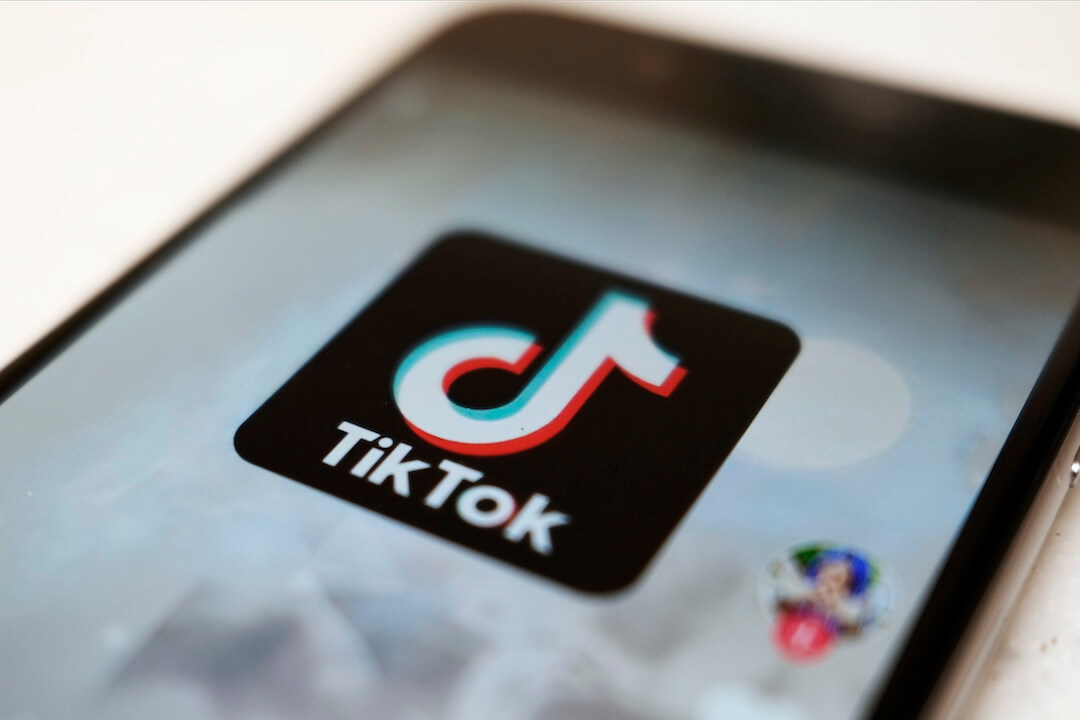Good morning.
- Amid the same old, same old
There can be a certain perfunctory air to the Pulitzers, even amid the lauding of great journalism. The big guys, like The New York Times, dominate the awards and the finalists. That was the case Monday, with an increasingly enormous gulf between a traditional, admirable elite and the rest of the embattled newspaper industry epitomized by The Times’ 10 finalists. Count ’em, 10.And since they’ve unavoidably loosened criteria to let magazines and digital-only operations in on the action, with some of their work justifiably honored yesterday (most notably The New Yorker and a joint ProPublica-Marshall Project effort), many hundreds of newspapers are now truly consigned to the dust bin. You’re not going to get New Yorker quality features out of any but a few papers. Indeed, if you’ve been a judge, as I have, it’s not just the final three in each category that’s been telling over the last decade and more. No, it’s the initial piles and piles of rank mediocrity that you quickly dispatch as a category’s initial overseers quickly nod their heads in agreement and winnow things down to five or 10.
The connection between cost-cutting and quality is apparent. But it can be surmounted, at least on occasion, even if the daily excellence of The Times if far out of reach. Of the winners, one I had actually read in its entirety was a series on a shockingly screwed-up school system from the Tampa Bay Times in Florida (owned by the nonprofit Poynter Institute for which I labor). It’s called “Failure Factories” and serves an unwitting reminder that shrinking newsrooms need not be a reflexive excuse for a lack of editorial nerve and commitment. (Tampa Bay Times)
The costs expended were surely not epic. This was not covering a faraway war or a combo effort of multiple national or foreign bureaus few can afford these days (an Associated Press winner on the seafood industry, which I also read originally, spanned multiple countries). It was just a good, revealing effort on how initially good intentions (on integration) can go tragically awry and totally screw people. It was a distinctly local saga that very much caught the attention of the then-Secretary of Education, Arne Duncan, who went very public in labeling what the paper revealed as “education malpractice.” (Tampa Bay Times)
For sure, newsrooms nationwide can look at some of Monday’s winners and grouse about their meanie corporate bosses making those efforts unimaginable. They will never in a million years have the depth of The New York Times. But the schools story wasn’t beyond the reach of most. It’s why a lot of editors should look in the mirror and see what is staring back at them: a lack of vision. You don’t need an army to at least occasionally raise expectations and be great.
- The Supreme Court grapples with Obama’s immigration plan
The absolute conventional wisdom is that after Tuesday’s oral arguments, and with the death of Antonin Scalia, we’re headed to another “bitter, partisan” 4-4 tie. (Slate) Well, let us see. “No matter which way the Supreme Court turns on President Barack Obama’s ambitious move to overhaul immigration policy, it can get to a result only if a fifth vote can be found to make a majority among the eight Justices,” noted Lyle Denniston of SCOTUSblog. “That, at least, seemed likely after a ninety-minute argument on Monday in United States v. Texas, the fiercely contested courthouse battle between the White House and Congress over who among eleven-or-so million immigrants can stay in the country without a specific legal right to do so.” (SCOTUSblog) - Facebook’s video ambiguity
“In just two short months, Facebook has fully committed to live video broadcasting. And it has lured the Internet’s biggest digital publishers to tag along for the ride.” Publishers like the notion of real money, with Facebook paying some of them, such as Vox Media. But Mark Zuckerberg & Co. has yet to disclose much of an ad strategy for live video, telling current and prospective clients to cool their heels while it formulates a battle plan. (Re/code) - Ferro makes a Splash
Michael Ferro, a Chicago tech mini-mogul and new primary shareholder at Tribune Publishing, very much likes celebrity coverage, as was clear during his bumpy tenure running the Chicago Sun-Times. Now he’s bargained a deal for Tribune Publishing to own Splash, a very glossy and editorially light-as-meringue weekly magazine that is currently found in the Sunday edition of the Sun-Times. (Rob Feder). The Chicago Tribune will run it on Sundays, not The Sun-Times. Its new and larger audience in The Tribune won’t confuse it with The New York Review of Books. Ferro earlier hired its editor, Susanna Homan, as the new editor-publisher of Chicago Magazine, which is part of Tribune Publishing. It was once one of the better regional magazines. Homan will now do quadruple duty as editor-publisher of Splash. Whether she now of necessity discovers her combo inner Anna Wintour and David Remnick is unclear. - Annoyed reporter and a sinking car
Gotta love Gawker some days. “Watch This Annoyed Reporter Rescue A Man From Sinking Car On Live TV.” It’s all about a Houston TV reporter covering flooding, seeing two cars drive right into rising water and then going through “the exact same thought process you would have: Oh my God. What, what do we do? I don’t wanna…ugh…” It turns out our hero reporter and colleague turned to a tried-and-true gambit, namely “just yelling at the guy until he saves himself.” (Jalopnik) - The mess of college sports
A USA TODAY opus on the seemingly unsustainable spending in college sports indicated how, if you just take the 50 public universities in the so-called Power Five conferences, total revenue went up by $304 million but spending rose by $332 million. (USA TODAY) It’s a solid tale on seemingly unsustainable spending that was assisted by the Sports Capital Journalism Program at Indiana University-Purdue University Indianapolis and the Grady Sports Media Program at the University of Georgia. USA TODAY has done terrific work, especially in compiling databases on college sports economics. What the latest opus might have missed slightly is how there really doesn’t seem much of an incentive to run surpluses since then critics might grouse that the schools should be paying the players. Meanwhile, sports is a primary marketing arm of many of them, so they often consider this just part of getting out the brand. - Interested in Yahoo
The deadline for preliminary bids was Monday, and one surprise was word that YP Holdings LLC, the digital advertising business of what was previously Yellowpages.com, planned to enter the fray. It was working with Goldman Sachs Group “to investigate a variety of strategic alternatives, which could include acquiring smaller firms or selling itself, said the people, who asked not to be identified because the negotiations are private. The company, controlled by Cerberus Capital Management, is valued at $1 billion to $1.5 billion. (Bloomberg) So far the process is marked notably by firms sniffing around and then turning their backs. - A belated unveiling
Better late than never: ESPN will launch “The Undefeated,” a long-in-the-making attempt to examine sports, race and culture on May 17, the day Walt Disney Co. makes a big presentation to advertisers. It will be overseen by Kevin Merida, a former Washington Post reporter and editor. It was supposed to have launched last year under editor Jason Whitlock, but that all became a royal mess and never happened. (Variety) - The sounds of radio’s decline
“Ninety-three percent of U.S. adults listen to radio weekly, according to Nielsen. But a great deal of listening is shifting online. Fifty-seven percent of U.S. adults ages 12 and over had listened to online radio in the past month, according to the 2016 Infinite Dial report from Edison Research and Triton Digital, and the number of people who own a radio at home is decreasing: 96 percent of U.S. adults (and 94 percent of 18- to 34-year-olds) owned a radio in 2008; today, 79 percent of adults do, and just 68 percent of 18- to 34-year-olds do.” (Nieman Lab) It may be very naïve to think there’s a lot of hope for terrestrial radio signals, given changing tastes of a younger generation. For the quarter that ended Dec. 31, streaming audio beat out AM/FM radio as the top source of listening for those 18- to 24-years-old. - Political reporting (with pepperoni)
The so-called embeds on the campaign trail for NBC News clearly have had enough time (and apparently grease) on their hands to produce a video on candidates’ (and their own) pizza preferences. There are holes in their tale; for example, the stunning concession of never having seen Hillary Clinton or Jeb Bush (remember Jeb Bush, the onetime odds-on-favorite on the GOP side?) actually eat pizza. And, as best I could tell, the only person, be it candidate or ambitious future cable TV host, who really knows how to eat a slice correctly is Bernie Sanders (no knife or fork for the socialist). (NBC) I anxiously await Nate Silver building upon, and quantifying, this important anthropological foray. - New York’s pre-primary warmup
It’s New York primary day so all the New York-based morning shows were in overdrive this morning. “Morning Joe” was mulling a poll showing John Kasich the Republican who performs best against Hillary Clinton. Joe Scarborough scoffed and also bashed the GOP elite for trying to push Ted Cruz to upend Donald Trump. He called Cruz “Barry Goldwater’s ugly stepson,” a reference perhaps lost to most of the millennials who might have just gotten home from the bars. Mark Halperin noted how Kasich still trails departed Marco Rubio in delegates. Over at CNN’s “New Day,” Chris Cuomo wagged his finger at Trump’s new strategic hierarchy as symbolizing old politics. Oh, “Fox and Friends” discussed how senior citizen candidates like Clinton, Trump and Sanders can stay healthy on the exhausting trail. Please, be informed that an energy-boosting diet of tomatoes, berries, lots of water, beans and almonds (for brain power) are urged by Fox. Go to bed at 10 p.m., ditch the cell phone, awake by 7 a.m. Fortunately, there was no urging to watch cable news upon arising. - Job moves, edited by Benjamin Mullin
Ryan McCarthy will be editor in chief of Vice News. He is an assistant editor on The New York Times’ national desk. (@mlcalderone) | Joanna Smith will join The Canadian Press. She is a political reporter for the Toronto Star. (@smithjoanna) | Job of the day: WJLA is looking for a control operator. Get your resumes in! (Journalism Jobs) | Send Ben your job moves: bmullin@poynter.org.
Corrections? Tips? Please email me: jwarren@poynter.org. Would you like to get this roundup emailed to you every morning? Sign up here.
Correction: A previous version of this newsletter referred to Arne Duncan as the former U.S. Secretary of Labor. He is the former U.S. Secretary of Education.






